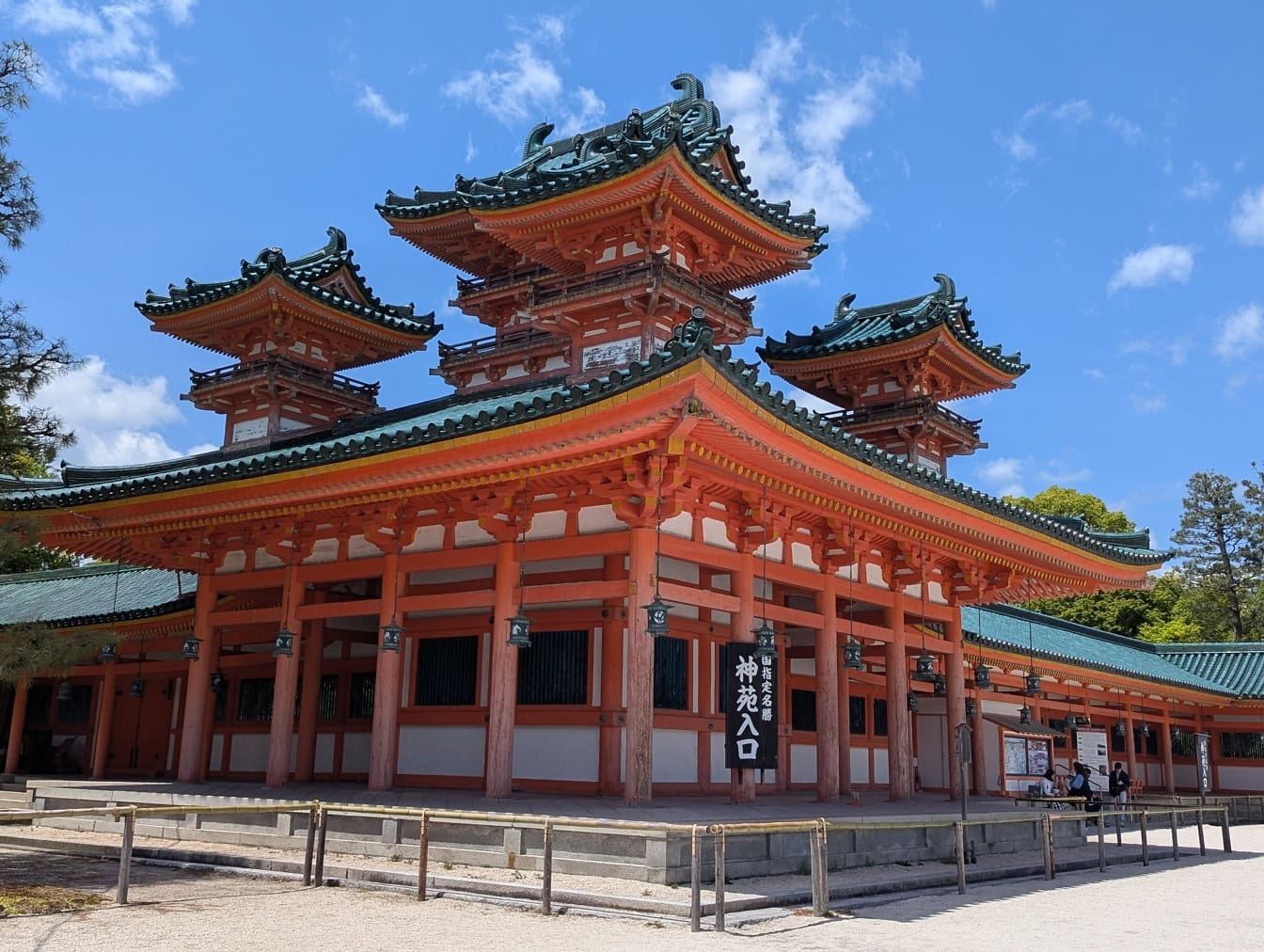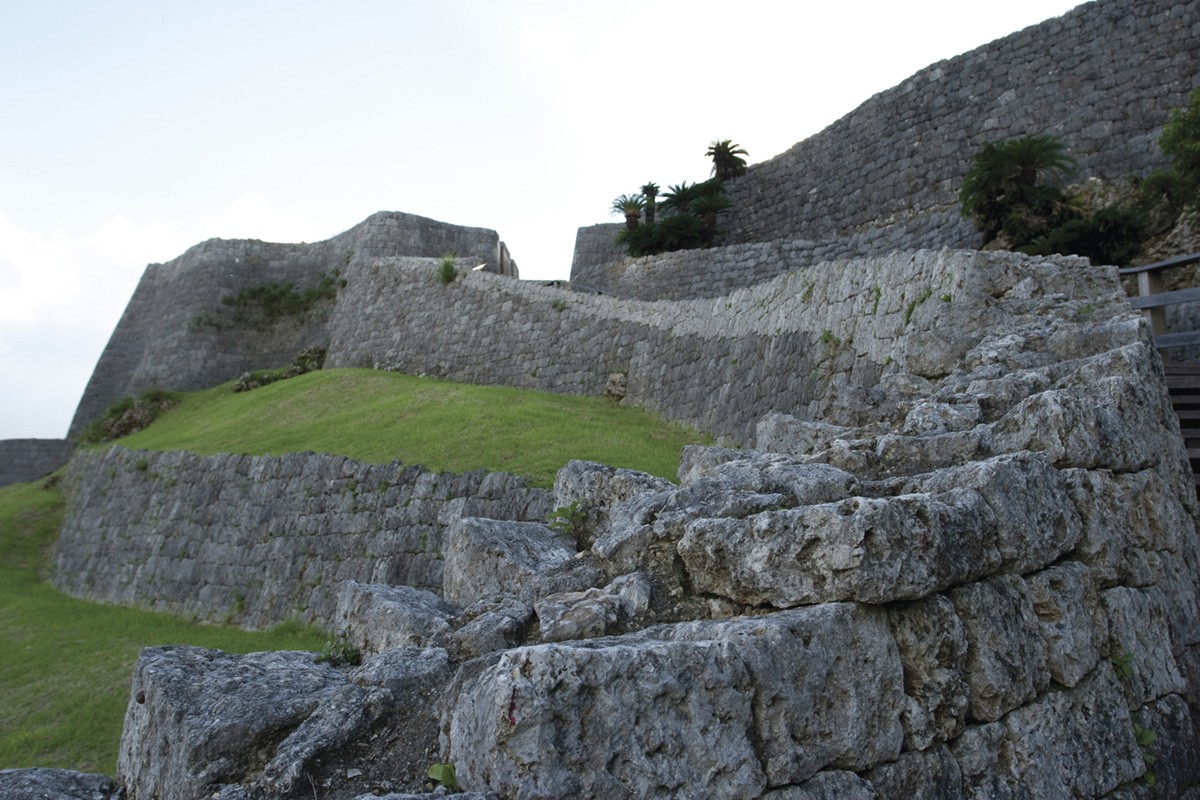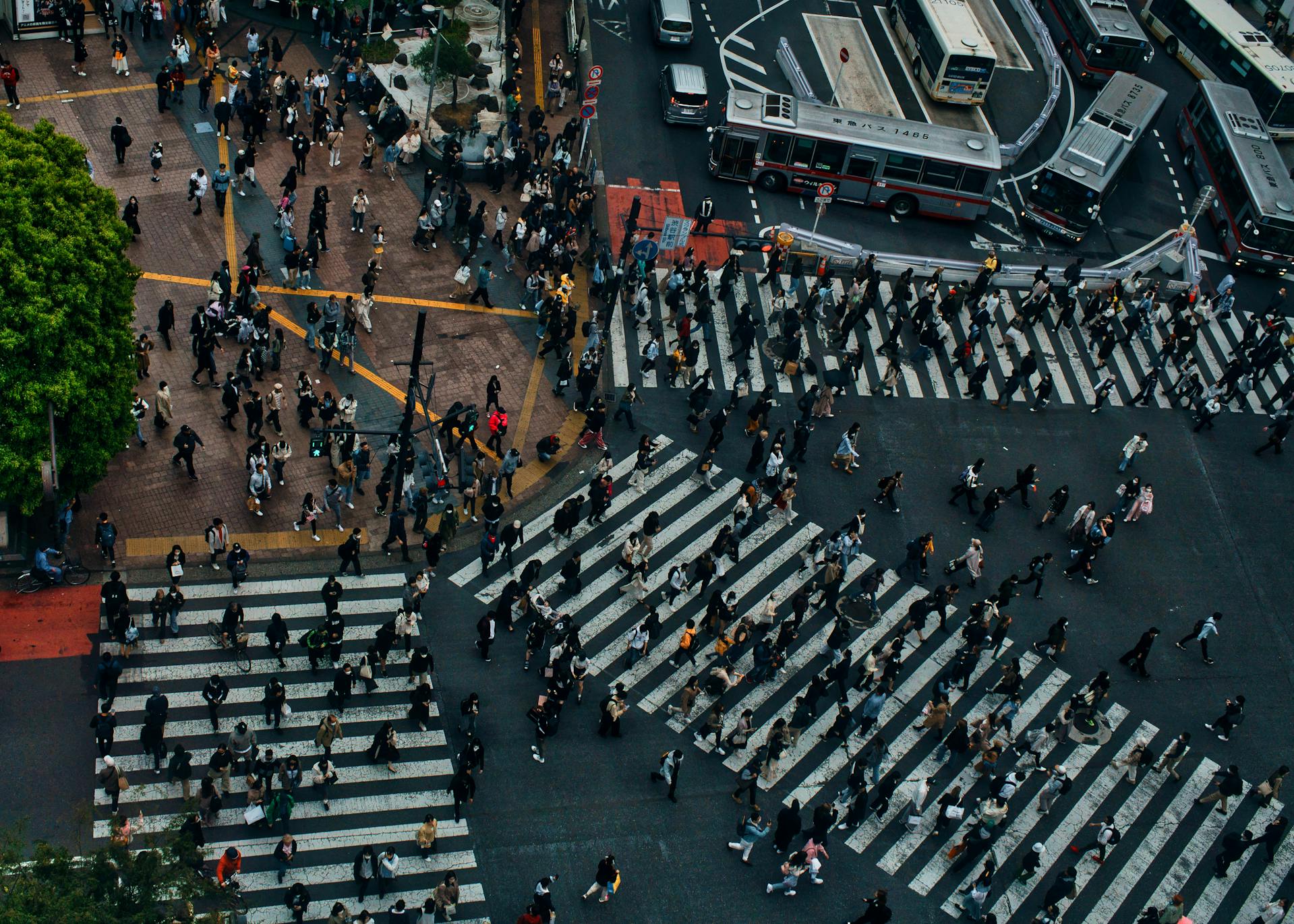Exploring Kyoto's Temples: Discovering Japan Through History

Kyoto, the city that was once the capital of Japan and the center of government for over a thousand years, from 794 to 1868, is a charming place with abundant cultural richness.
Known as the city of temples, Kyoto has over 1,000 Buddhist and Shinto shrines scattered throughout the city. Each temple offers a story and astonishing architectural beauty, making this city a must-visit destination for anyone interested in learning about Japanese history and culture.
This time, we will discuss some famous temples in Kyoto—places that provide deep insights into Japan's spiritual journey and history.
1. Kinkaku-ji Temple: The Golden Pavilion
Known as the Golden Pavilion, Kinkaku-ji Temple is one of the most iconic temples in Kyoto. Located in the north of the city, the temple is famous for its building covered in gold leaf. The top two stories of the pavilion are covered in gold leaf, reflecting the sun's light and creating a captivating sight over the large pond that surrounds it.
Built at the end of the 14th century, Kinkaku-ji is a symbol of peace and Japan's cultural wealth. Strolling around the beautiful garden while enjoying the ancient architecture provides a deep spiritual and historical experience. Afterward, you can rest while enjoying tea and dessert, surrounded by calming trees.
2. Fushimi Inari Taisha: The Red Torii Gates
Fushimi Inari Taisha is one of the most famous Shinto shrines in Kyoto. Located in the southern area, the shrine is dedicated to Inari, the deity of agriculture and fertility. One of the things that makes this shrine so well-known are the thousands of bright red torii gates that stretch along the network of pathways behind the main building.
These pathways lead into the dense forest of the sacred Mount Inari, which stands 233 meters high and is part of the shrine complex. The red gates present a stunning view, especially as you climb up the winding path.
Fushimi Inari is also known for its fox statues, believed to be the messengers of the deity Inari, which are scattered throughout the shrine area. Exploring this historically rich shrine provides a unique experience that blends spirituality with nature adventure, making it a must-visit place in Kyoto.
3. Kiyomizu-dera Temple: The Temple of Pure Water
Kiyomizu-dera, or the Temple of Pure Water, is one of the oldest Buddhist temples in Kyoto and a UNESCO World Heritage Site. Founded in 778, the temple is famous for its large wooden terrace, built without using a single nail, which overlooks a beautiful view of Kyoto city.
The temple complex also houses several buildings that have become icons of Kyoto, including a magnificent three-story pagoda over 30 meters high and the main hall of the temple, which still stands grandly despite being hundreds of years old.
Apart from its architectural beauty, Kiyomizu-dera is also known for a legend that says those who jump from the temple terrace and survive will be granted good fortune. Currently, this jump is no longer permitted, but the story successfully adds to the temple's appeal for tourists.
4. Ryoan-ji Temple: The Temple of the Peaceful Dragon and the Rock Garden
Ryoan-ji Temple is a famous Zen Buddhist temple in Kyoto. With a name that means the Temple of the Peaceful Dragon, inside the main hall of the temple there is a painting of a dragon decorating the ceiling.
This temple is known for its minimalist yet meaningful rock garden. The garden consists of 15 stones arranged on white gravel, designed so that from any perspective, only 14 stones can be seen at once. This garden is a representation of Zen philosophy, which teaches about simplicity and contemplation. The temple is also one of the 17 UNESCO World Heritage Sites in Kyoto, due to its high historical and cultural value.
Walking around Ryoan-ji offers an opportunity to experience inner peace and self-reflection. The tranquil atmosphere makes this place ideal for meditation, away from the hustle and bustle of the city.
5. Sanjusangen-do Temple: The Thousand and One Kannon Statues
Sanjusangen-do Temple is a Buddhist temple in Kyoto known for having the longest wooden hall in Japan. The temple, with its hall containing 1,001 statues of the thousand-armed Kannon, the goddess of mercy, was built in 1164 by Taira no Kiyomori. Offering an extraordinary sight, each Kannon statue inside this hall has its own distinctive features.
These statues provide a deep spiritual experience for many visitors, making it one of the most revered temples in Kyoto. As one walks through this long hall, it is as if we are being taken on a spiritual journey through the past.
In addition to the Kannon statues, there are also statues of 28 attendant deities, Fūjin, and Raijin, most of which are designated as National Treasures of Japan and date from the Heian to Kamakura periods.
6. Nanzen-ji Temple: The Great Zen Temple
Located at the southern end of Kyoto's popular Philosopher’s Path, Nanzen-ji Temple is one of the largest Zen temples in Kyoto. One of the most interesting features of Nanzen-ji Temple is the brick aqueduct that passes through the temple grounds. This aqueduct was built during the Meiji period and adds a unique architectural touch to this traditional temple. In addition, the temple has several beautiful Zen gardens, ideal for meditation.
Nanzen-ji is a place that offers tranquility amidst the crowds of tourists, with a deep spiritual atmosphere and magnificent architecture.
The history of Nanzenji Temple dates back to 1264, when Emperor Kameyama grew fond of the area and built a detached palace. In 1291, after becoming a Zen disciple under Master Busshin Daimin Kokushi, the Emperor dedicated the palace as a Zen temple.
7. Heian-jingu Shrine: A Symbol of Kyoto's Restoration
Heian-jingu Shrine is a shrine dedicated to two Japanese emperors who reigned during the Heian period. The shrine is known for its gigantic torii gate, which is one of the largest in Japan.
Heian-jingu Shrine was built in 1895 to commemorate the 1,100th anniversary of the capital's relocation from Heian-kyo to Kyoto. The shrine was built as a symbol of Kyoto's restoration, with the hope of rebuilding the city that had declined over time.
It is a replica of the Imperial Palace that existed during the Heian period, making this shrine a strong symbol of Kyoto's history. The gardens around Heian-jingu offer a stunning view, especially during spring when the cherry blossoms are in full bloom.
Enjoying the temples in Kyoto is not only about admiring the beauty of their architecture but also about experiencing the depth of Japanese spirituality and history. Because each temple has a unique story and offers an unforgettable experience, providing deeper insight into Japan's cultural heritage.



